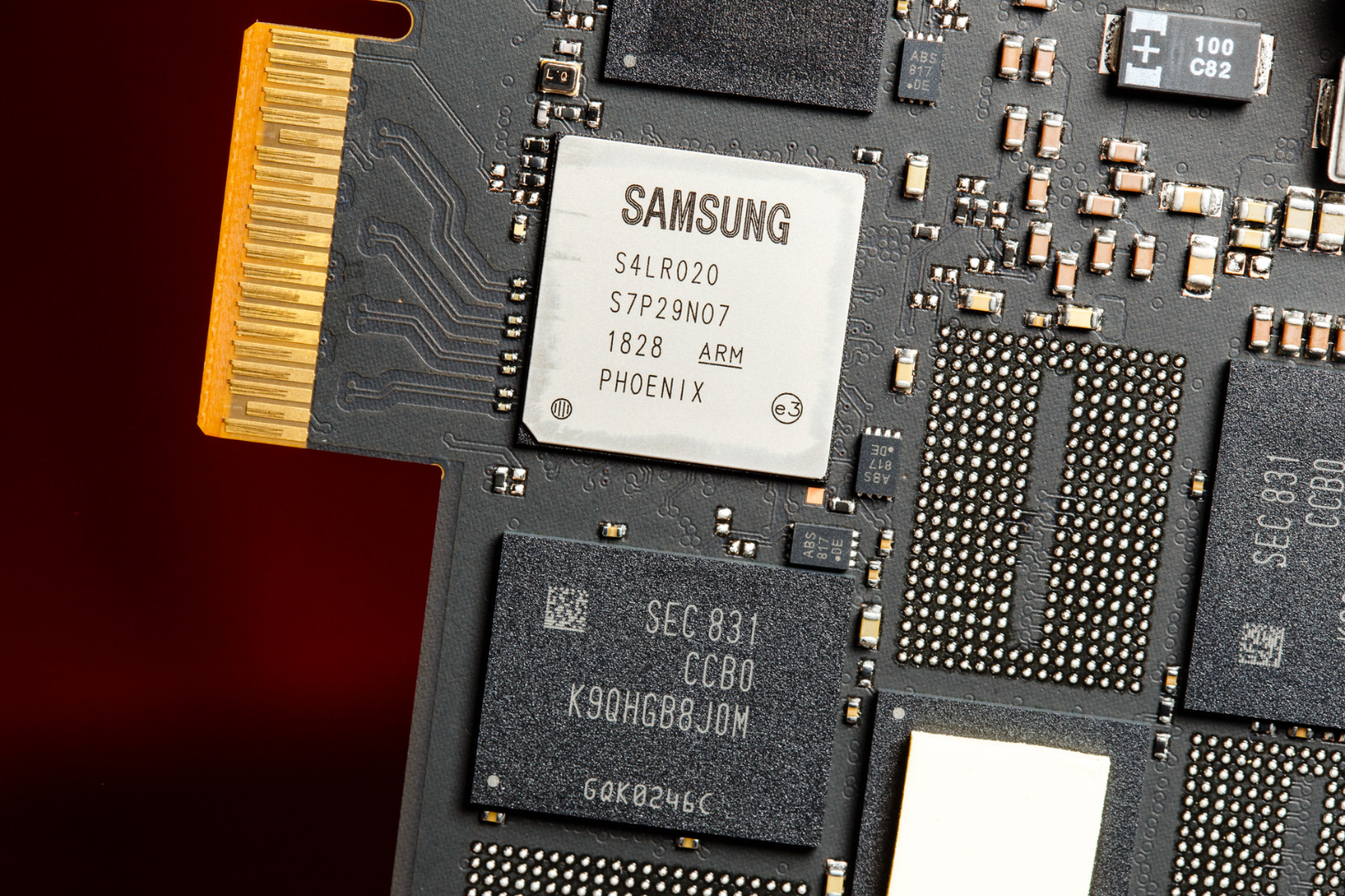Samsung 983 ZET SSD Review: Z-NAND Takes On Optane
Why you can trust Tom's Hardware
Conclusion
Samsung’s 983 ZET ships in a box emblazoned with the “The Ultimate SSD Defined" tagline. But is the 983 ZET actually the ultimate SSD? That answer truly depends on your use-case and workload.
Capacity is rather limited with only 480GB and 960GB models and the ZET only comes in a single form factor. These facts alone cut down on its potential use-cases, but the drive is brutally competitive when performance is more important than capacity.
The 938 ZET is best for workloads that require the fastest responsiveness possible, from applications such as data analytics and AI fraud detection, to boosting VDI performance so the system can host more concurrent user sessions.
The drive offered up to 3.4/2.9GB/s of sequential read/write throughput in our testing, and it provided 800,000 IOPS of random read performance, which is almost 50,000 IOPS more than its official rating. The 983 ZET consistently delivered those numbers at lower queue depths, where it was much faster than other SSDs.
4KB random read and write responsiveness was incredible with latencies under 0.025ms, or about four times more responsive than other NAND-based devices. And, depending on the workload, it could maintain those latencies while being bombarded at higher queue depths. These Z-NAND based SSDs prove that NAND can go faster, and the drive also boasts incredible power efficiency. As a result, the 983 ZET is very competitive with Intel’s Optane SSDs during random read workloads.
The 983 ZET encountered some difficulty during heavy write and mixed workloads. 4KB random write performance was fairly mainstream at 60-75K IOPS. The older MLC-based Toshiba PX04 is capable of much higher performance in this type of workload but at the cost of higher latency. Additionally, the Z-NAND still succumbs to the same downfall as conventional MLC and TLC flash during heavy workloads because it requires a host of background flash management activities.
The Intel Optane SSDs excel where the 983 ZET falls. Without having to perform many of the same activities, like garbage collection, Intel’s Optane 905P delivers much faster performance under write-heavy and mixed workloads. The overall performance of Intel’s Optane is very consistent across the board, too.
Get Tom's Hardware's best news and in-depth reviews, straight to your inbox.
Samsung’s 983 ZET also isn’t as endurant as its older brothers, like the SZ985 that carries a 30 DWPD (Drive Writes Per Day) rating. With ratings of 8.5-10 DWPD, however, it can still absorb a sufficient amount of writes for caching workloads. The Intel Optane DC P4800X, on the other hand, is rated at up to 60 DWPD, so it can absorb much more abuse.
Overall, the 983 ZET is an amazing SSD. Packed with Samsung’s Low Latency V-NAND, the 983 ZET gives potential customers looking for faster responsiveness an alternative to Intel’s enterprise-grade Optane devices. At just $2 per GB, it delivers a good price-to-performance ratio and has stellar power efficiency. If you're willing to trade off a little endurance and performance under heavy and mixed workloads at higher queue depths, the 983 ZET offers a substantial advantage over most other SSDs.
MORE: Best SSDs
MORE: How We Test HDDs And SSDs
MORE: All SSD Content
Photo Credits: Tom's Hardware

Sean is a Contributing Editor at Tom’s Hardware US, covering storage hardware.
